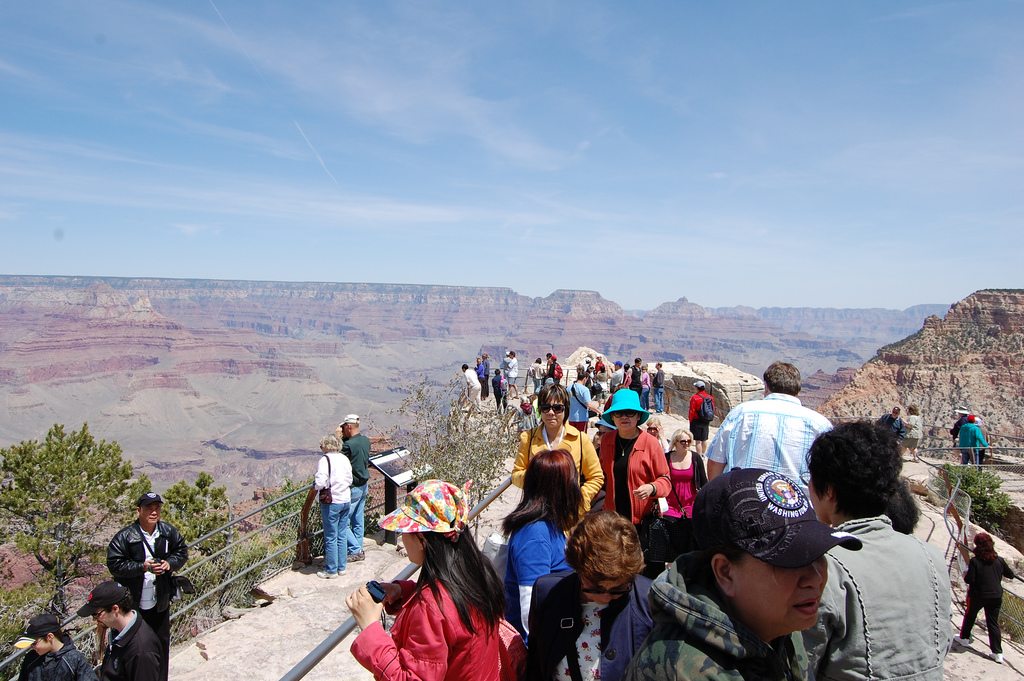International Tourist Spending in the U.S. Is at Record High So Far This Year

Skift Take
Trump slump or Trump bump? It will take more than five weeks of spending behavior to provide clearer direction.
International travelers spent $21 billion in the United States in February, a nearly three percent increase over February 2016, that made the first two months of 2017 the strongest for foreign tourism spending on record.
International tourist spending in the U.S. totaled $42.1 billion for January and February, a three percent increase ($1.1 billion) over the same period last year, according to monthly statistics released this week by the U.S. National Travel and Tourism Office. Spending in January and February is also a record high for both months.
In January and February, international visitors, on average, were spending nearly $715 million a day in the U.S. that supported 1.2 million American jobs.
Strong spending for the first two months of 2017 follows a year of virtually no growth in spending by international travelers visiting the U.S. and slower growth in international arrivals.
Every month, the National Travel and Tourism Office releases data regarding recent travel and spending activity, including details about i
